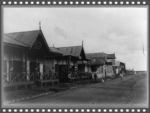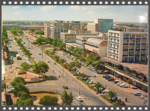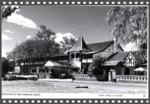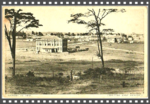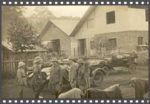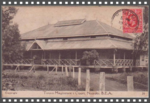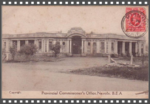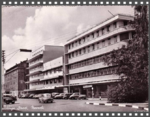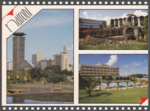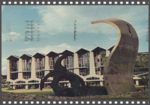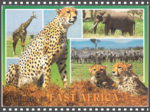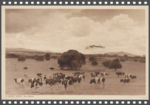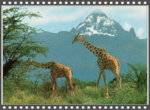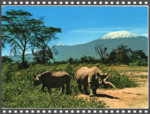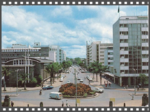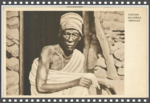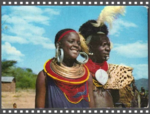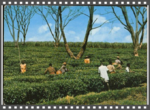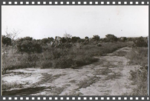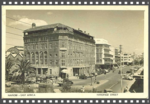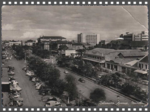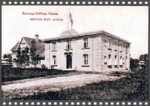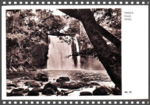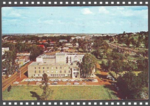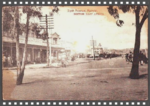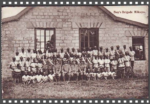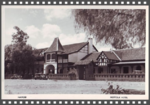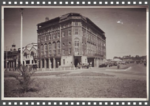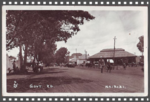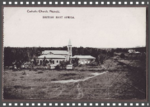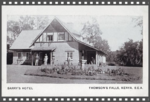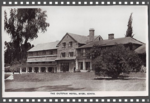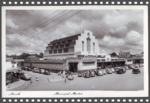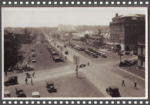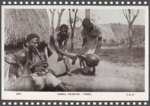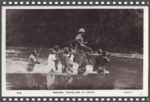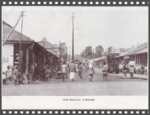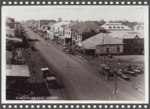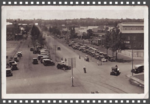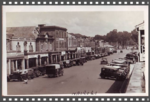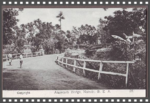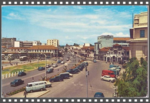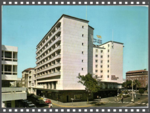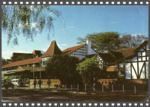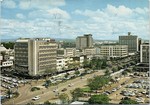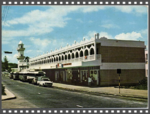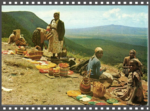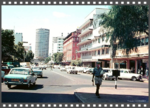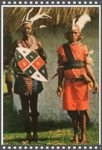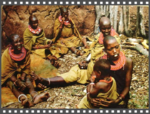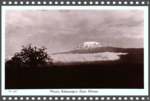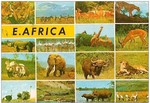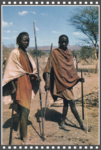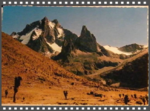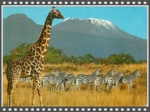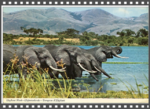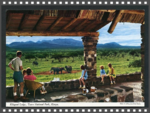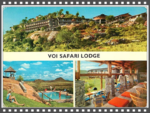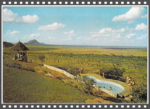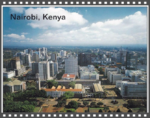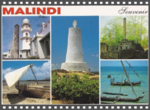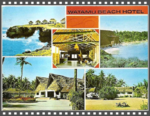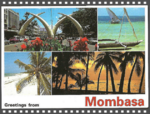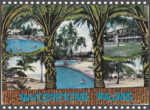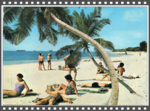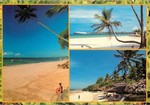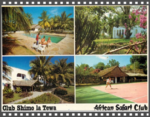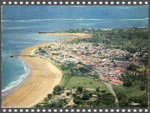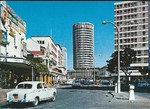Illustrations from a 1947 magazine
WHAT is Kenya ? One of the
loveliest of the East African Colonies, nearly 250,000 square miles of mountains and forests, valleys and plains, a land where black, white and brown men live and work
together.
A land of
infinite variety, in her scenery, her climate, and her people with their widely differing customs and ways of life. They show the coastal belt with its hot white beaches and blue water, and less than
six hundred miles away the glaciers of Mount Kenya, the second highest mountain in Africa.
They show where the white man has planted his tea and his coffee, laid out his golf courses .and cultivated his gardens. They show the
plains, dotted with herds of game, and the forests, home of elephant, buffalo and rhino. The vast region of the Northern frontier and the Southern border are illustrated, where the pastoral tribes
move around with their flocks and herds from one grazing ground to another. A glimpse is given of Nairobi, the Colony’s capital, a young city, trying to grow gracefully, trying to grow wisely,
building up a tradition worthy of the country.
The story in pictures takes the
reader into the Great Rift Valley, to the White Highlands, set aside in the days of Lord Delamere as something in the nature of a “European Reserve.” Here are found the wheat fields, the flax and
pyrethrum, the dairy and sheep farms, in scenes reminiscent of many parts of England. The Native Reserves are also shown, as well as some of the African types that go to make up their four million
inhabitants—the Masai with his herds, the Nilotic Luo fishing in the waters of Lake Victoria, the Kikuyu peasant tilling his land.
There are other
contrasts : old-type African homes, small, low, round huts, perched like mushrooms on the hillsides with walls of mud, cow dung and wattle poles, windowless, dark and smoky, chickens and goats
sharing the interior with the family. These homes are still to be found everywhere, but in urban areas and in many rural districts they are fast being replaced by neat stone houses of pleasing
design.
Another
astonishing metamorphosis is seen in the African surgeon, masked and gloved, carrying out a skilled operation in the sterile whiteness of the operating theatre. Here is a man removed only by a
generation or two from the witch-doctor who smeared the entrails of slaughtered goats on the bodies of his patients to cure their ills. Africans are now to be found driving municipal buses, repairing
electric cables, or behind the counters of their own shops, as well as in the fields and herding their stock.
In the Native Reserves, Local Native Councils, under the direction of District Commissioners, are taking an increasing part in the development of the country. Their counterpart in the White
Highlands are the District Councils, bodies whose activities are also fast developing It is fifty years since the British Government in 1895 took over control of the country now known as Kenya,
from the British East Africa Company.
Fifty years ago who would have visualised the young native in the photograph published in these pages doing his practical chemistry like any English schoolboy ? What did those early pioneers who
travelled on foot from the Coast to the Highlands foresee for Kenya ? Few of them are alive now to tell the tale of hardship, adventure and high endeavour that has made Kenya what she is today and
what she hopes to be in the future.
A Stoned History of Nairobi by Kamau Mutunga
http://buildesign.co.ke/a-stoned-history-of-nairobi-by-kamau-mutunga/












